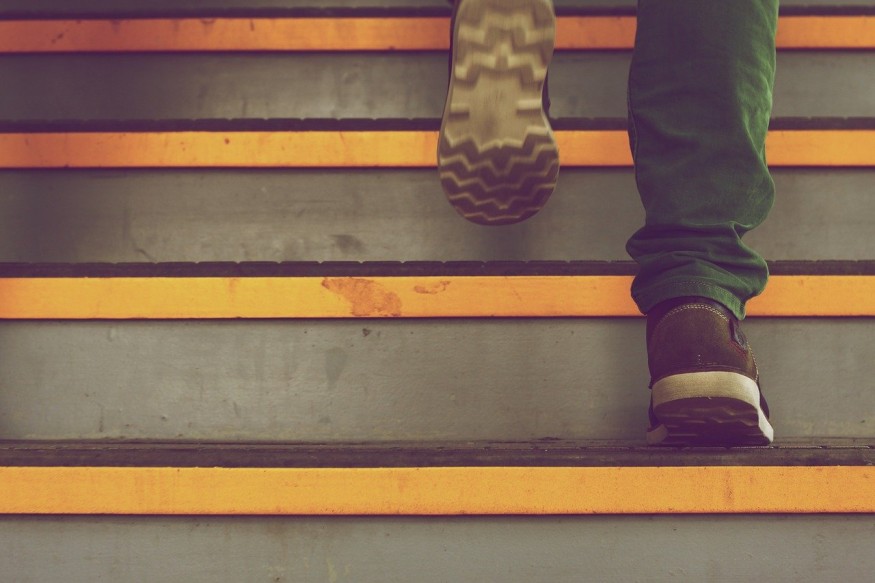To people nearing their old age, moving into a bungalow seems to be the best idea because it does not have stairs and makes life simpler and safer.
However, that is contrary to what experts say. They warn that making the move early into a stair-less home hastens the decline associated with old age, and the leading phenomenon now is called the bungalow leg.
MailOnline reported that this term refers to the gradual weakening of the muscles in the legs brought by less movement when people live in a single-story dwelling and live without the challenge of the stairs.

Stair-Climbing: Crucial Exercise for Older Adults
Dr. Carolyn Greig from Birmingham University said that moving into a bungalow might hasten the decline. In a way, that makes climbing the stairs a very good way to maintain or improve muscle strength and muscle power. Additionally, if the stairs have a significant number of steps, it provides an aerobic challenge as well.
A Japanese study published in BMC Geriatrics entitled "Association between stairs in the home and instrumental activities of daily living among community-dwelling older adults," involving 6,000 people from ages 65 showed that having stairs at home holds back age-related physical decline.
Moreover, a 2019 study, entitled "Promoting Stair Climbing as an Exercise Routine among Healthy Older Adults Attending a Community-Based Physical Activity Program" published in Sports, found that healthy older adults have regular stair-climbing steps daily as an exercise.
The beauty of having stairs at home is that older people could still have exercise by going up and down the stairs that engage the four muscle groups and keep the joints strong.
Climbing the stairs also involves the glutes in the buttocks, hamstrings, calves, as well as ankles that ensure the feet land properly on the step. Having stiff ankle joints is common in older adults who moved to bungalows, proving true of the saying: "use it or lose it."
Unused Muscles Could Deteriorate
Devon-based physiotherapist Victoria Rendle, who specializes in treating elderly patients said that when people stop doing things, they lose the ability to do them.
This is what happens to older adults who experience deterioration of their muscles even before moving to a bungalow. Taking the stairs away plus living a sedentary lifestyle could hasten the decline associated with aging, MailOnline reported.
Since adults lose muscles from the age of 40 onwards, their muscles could decline around 0.5% annually. By the time they reach 80, they have one-half to two-thirds of the muscle mass they had when they were younger, according to Dr. Greig.
While many people move to a bungalow for fear of falling, the decline that they may experience in muscle strength because of lack of exercise and old age make a fall more likely to happen.
Dr. Greig added that muscle power is the key to maintaining balance and preventing falls. Exercise, particularly those that promote balance, helps reduce the chances of falling. Therefore, staying active is crucial in old age.
RELATED ARTICLE : More Exercise Recommended To Prevent Hypertension, Other Diseases as You Reach 40 and Above
Check out more news and information on Exercise and Old Age on Science Times.












